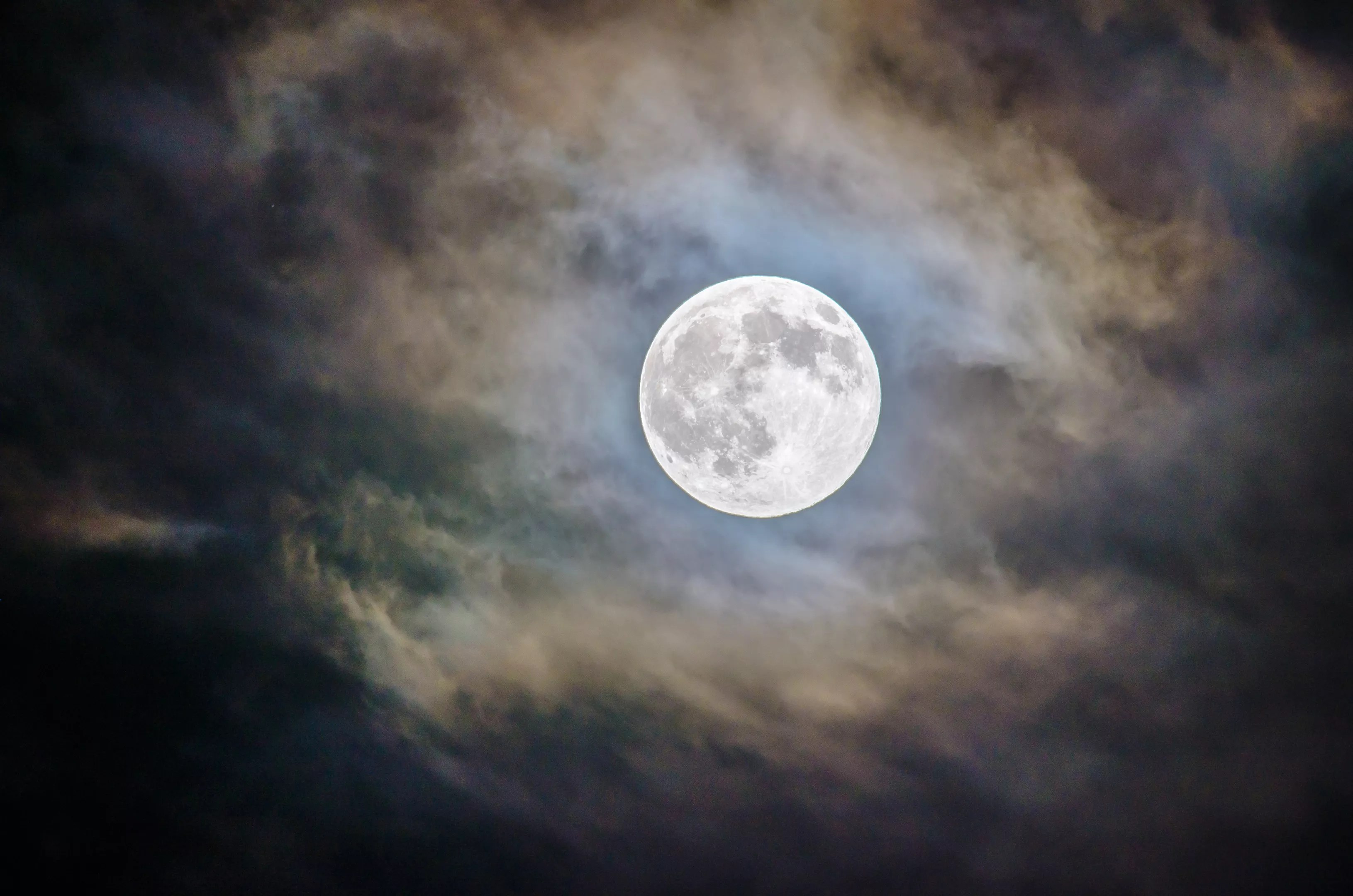
Ganapathy Kumar / Unsplash

Audio By Carbonatix
May’s Flower Moon will bloom in the sky tonight near the farthest point in its orbit around Earth, meaning it will also be a micromoon.
While a micromoon isn’t as visually impressive as a supermoon, it’s still a cool cosmic event that skywatchers will want to get out and see.
Here’s when to catch the full moon tonight in Denver, where to look in the sky and why it’s called a Flower Moon.
Is There a Full Moon Tonight in Denver?
Denver, make your New Year’s Resolution Count!
We’re $17,500 away from our End-of-Year campaign goal, with just a five days left! We’re ready to deliver — but we need the resources to do it right. If Westword matters to you, please contribute today to help us expand our current events coverage when it’s needed most.
The May 2025 full moon will rise on the evening of Monday, May 12.
What Time Is the Full Moon in Denver?
The full moon will rise in Denver at 8:36 p.m. MDT on Monday, May 12, according to timeanddate.com. It will reach its highest point in the sky around 12:32 a.m. early Tuesday and set around 5:32 a.m.
May’s full Moon-aka the “Flower Moon”-reaches peak illumination on May 12, 2025, at 12:56 p.m. Eastern time. A dazzling farewell to spring, it welcomes summer’s warmth with blooming brilliance. Different cultures have their own special names for this moon-what’s yours?… pic.twitter.com/vJ4lW9tv7a
— The Farmers' Almanac (@FarmersAlmanac) May 7, 2025
Where Will the Flower Moon Be Visible in Denver?
Weather projections anticipate a clear night, so the moon should be visible anywhere in Denver. For prime moonwatching, try Cheesman Park or the Chamberlin Observatory near the University of Denver.
Why Is It Called the Flower Moon?
May’s full moon is called the Flower Moon because wildflowers bloom across North America in abundance each May, according to almanac.com. The “Flower Moon” name has been attributed to the Algonquins, an Indigenous group of people who reside in eastern Canada and parts of the United States.
What Is Unique About May’s Full Moon?
The full Flower Moon on Monday, May 12, will also be a micromoon because it will be near the farthest point in its orbit around Earth, at around 251,828 miles away.
The micromoon will be 5.9 to 6.9 percent smaller than an average full moon and 12.5 to 14.1 percent smaller than a super full moon.